Remote work comes with numerous perks. Flexible working hours, cutting down on lengthy commutes, freedom to work from anywhere you want, and much more. Employee benefits of working remotely are countless, but how do employers feel about remote work?
Added to that is the burden of looking for the right fit and doing it virtually, as the old model of hiring and onboarding is changing with the new remote model of working.
As Covid lockdowns swept the globe, hesitant employers were thrust into adopting remote work seemingly overnight. There were some genuine concerns regarding the overall productivity and effectiveness of this new way of working.
This sudden shift caused a few complications. Many employers worried that maintaining a strong company culture would be challenging with a remote workforce. Similarly, managers expressed concerns about a possible dip in productivity and focus.
Some businesses found it challenging to move their workforce from offline to 100% online. However, their worries were put to rest when productivity started increasing within months.
According to the US Remote Work Survey 2021, 83% of employers consider the Work-from-Home model a success. Earlier, only 71% of the employees responded positively to remote work.
Now, more and more companies are looking to hire and virtually onboard employees.
HR professionals are responsible for finding and hiring the right people for the company. This task becomes more daunting when the selection is made virtually.
The best way to combat this newer version of hiring is to educate yourself as much as possible about the tools and software that make the task easier. There are many recruiting automation tools that help you in effective hiring as well as managing employee performance.
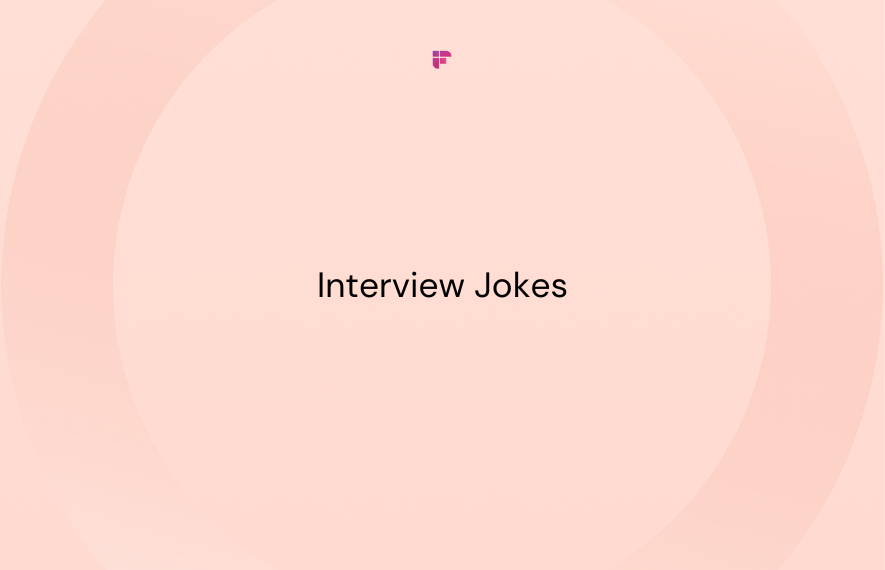
What is a screening interview?

An HR screening interview is one of the first steps in the hiring process. Once you have sorted through stacks of resumes and found some interesting candidates, you move on to the next step: the screening process
The screening process aims not to nitpick; that's for later. The goal is to quickly understand an applicant's qualifications, assess their fit for the role, and determine if they deserve a deeper dive in a follow-up interview.
It's a known fact that many applicants lie on their resumes in hopes of securing jobs. While you cannot spot the lies on paper, the screening interview allows you to identify possible fibs.
Some prefer meeting face-to-face with all the candidates. However, most screening interviews take place through scheduled phone calls.
The best way to tackle a phone screening interview is to prepare a list of questions and key points that you are looking for in each of the answers.
These key points need to be job-specific and also align with the company culture. A general blueprint for your question list can be:
- Start by double-checking basic information. For example, could you walk me through your resume?? Can we talk about your degree from XYZ University? Please introduce yourself, etc.
- Next, move on to the points of interest in their resumes - explanations for possible job gaps, proficiency in certain skills, previous projects they worked on, etc.
- Inquiring about previous work experience is always beneficial. You get an idea about the tasks they used to perform, their area of expertise, and what kind of skills they have that would fit well with this role.
- After this, it's time to investigate their motivation for applying for the role. Here, you check their knowledge about your company, whether they are passionate enough for the role, how much research they did beforehand, and how much they understand about the company.
- To wrap up this initial talk, check their availability and salary expectations. Note their preferred start date, too.
For some interviews, the fifth point can be optional. It comes into play depending on the answers given to the first four questions. Availability and salary expectations are factors you consider only for interviewers who have the potential to pass and meet the expected criteria.
Your key points are markers you look for in all the answers, a checklist that tells you whether a person would be a suitable fit for the role or not. These markers are based on the skills and values associated with the company and the job.
For example, if the role demands teamwork, that is one of the markers. So, when you ask the candidate about their previous work experience, you keep your ears open for how they describe their relationship with their colleagues and why certain tasks were preferred over others.
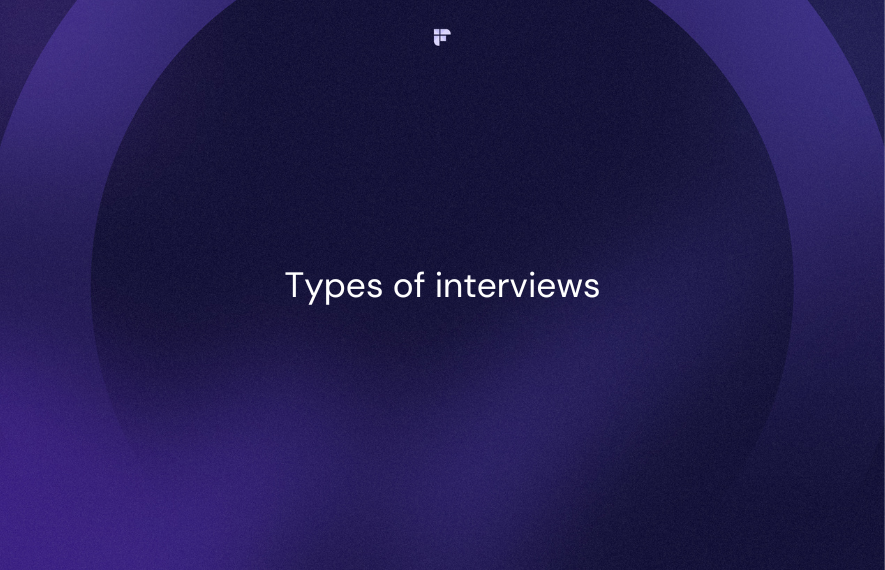
Why is a screening interview so important?
Think of a screening interview as a sieve. It helps you sift through a large pool of applicants and identify those with the essential skills and experience you seek. This saves you valuable time and resources by allowing you to focus on the most promising candidates. Here are some additional benefits:
- Reduced Costs: Screening interviews are generally less expensive than full-fledged interviews, minimizing your investment in candidates who may not be a good fit.
- Increased Efficiency: By quickly weeding out unqualified applicants, you move faster through the hiring process, allowing you to fill open positions sooner.
- Improved Candidate Experience: Short screening interviews provide a positive experience for candidates by giving them a chance to learn more about the role and assess their own interests.
Now that you understand the power of the screening interview, let's explore how to use it effectively.
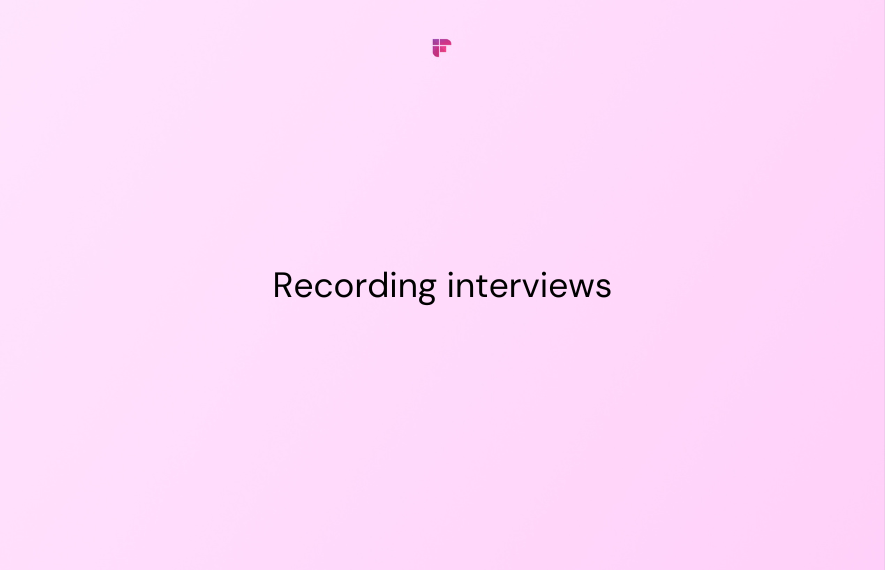
What to do before and during the screening interview

Effective screening interviews are all about being prepared and making the most of your time with the candidate. Here are some key tips to guide you through the process:
- Develop a Structured Screening Guide: Don't wing it! Create a guide outlining the key areas you want to explore, such as specific skills, software experience, or how they handled past challenges. This ensures consistency and allows for fair comparisons between candidates.
- Tailor Your Approach: While a baseline guide is helpful, personalize some questions to the specific role. Research common challenges and incorporate questions that reveal an applicant's ability to navigate them. This demonstrates you're genuinely interested in finding a qualified fit.
- Schedule Efficiently: Respect both your time and the candidate's. Aim for screening interviews to last 15-30 minutes, allowing you to gather necessary information while keeping it concise.
Now, let's move on to maximizing the interview itself:
- Start with a Warm Introduction: Make a great first impression! Introduce yourself, the company, and the role briefly. Set the candidate at ease with a friendly and professional demeanor.
- Ask Focused Questions: Leverage your pre-developed guide to ask insightful questions that reveal qualifications and cultural fit. Focus on past experiences, specific skills, and their understanding of the responsibilities.
- Encourage Open Communication: This isn't an interrogation! After asking your questions, leave room for elaboration, sharing experiences, and questions from the candidate. This two-way dialogue helps you assess communication style and enthusiasm.
- Explain Next Steps: Be transparent about the hiring process. Inform the candidate of the timeline for follow-up communication, whether it's a notification for a second interview or a polite rejection email.
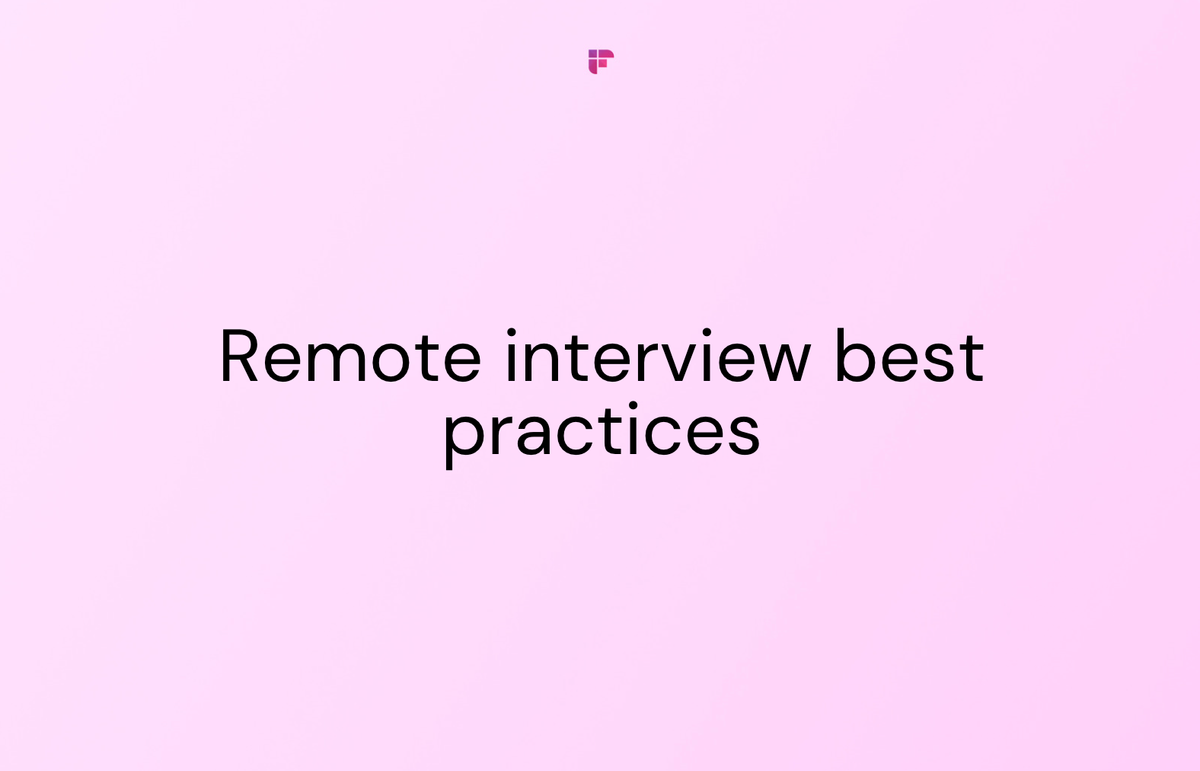
Best methods for screening process
Phone interviews are really helpful for screening or pre-screening the bulk of applicants. However, if the load of applications is vast, phone interviews become time-consuming and ineffective in some cases.
Calls can be restrictive as you cannot study the applicant's body language or test their technical skills. The following list of methods allows you to test and screen candidates via other means.
1. Tests

The most common method to cut down steps in your recruiting process, especially in skill-based technical roles, is to have predesigned skill assessment tests.
The reason for hiring anyone is to check if they can do a certain job or not. Skill assessment tests do just that without having to go through resumes first. It simplifies the process. You first check if the applicant has the desired skills before moving forward.
It also opens the field for recent graduates and younger job seekers, who are often weeded out early due to the high demand for prior work experience. It levels the field and gives an opportunity to pure talent and skills.
2. Introductory videos

Introduction videos have become increasingly popular in recent times. Initially, a few candidates tried to quirk the selection process by sending a recorded clip of themselves instead of sending in their resumes like the rest.
The trick was effective and made such candidates stand out from the rest. It proved to be so popular that employers have started asking interested candidates to send in videos introducing themselves and highlighting their interest in the roles advertised.
It is a good alternative to the resume screening process and gives you a more holistic insight into the candidate pool.
Once you have narrowed down the final few, you can invite them to a video interview. Video interviews are a great way to ask relevant questions, gather information, and test communication skills.
3. ATS (Application Tracking System)

Almost 75% of employers use ATS in their hiring process. ATS is software that filters through all the resumes looking for specific keywords and selects top contenders based on them.
It is a great way to handle large volumes of applications without wasting much time. Especially in corporations that receive a substantial number of applications for every role.
However, if you are a relatively smaller organization, you should allocate resources and time to manually filtering resumes.
As ATS works according to the keywords fed into it, you might miss out on talented people who just happened to use different keywords to describe their skillset.
5. AI-powered phone interview

Another amazing tool that makes your workload easier is an AI-enabled phone interview. You can schedule calls with the interested candidates and create a set of questions to ask all the candidates.
Software like Curious Thing allows you to select traits and questions with built-in interview question banks and send interview invites and follow-ups to the candidates.
The data can then be analyzed for shortlisting. With the job market exploding with eager applicants, use AI to streamline your recruiting process.
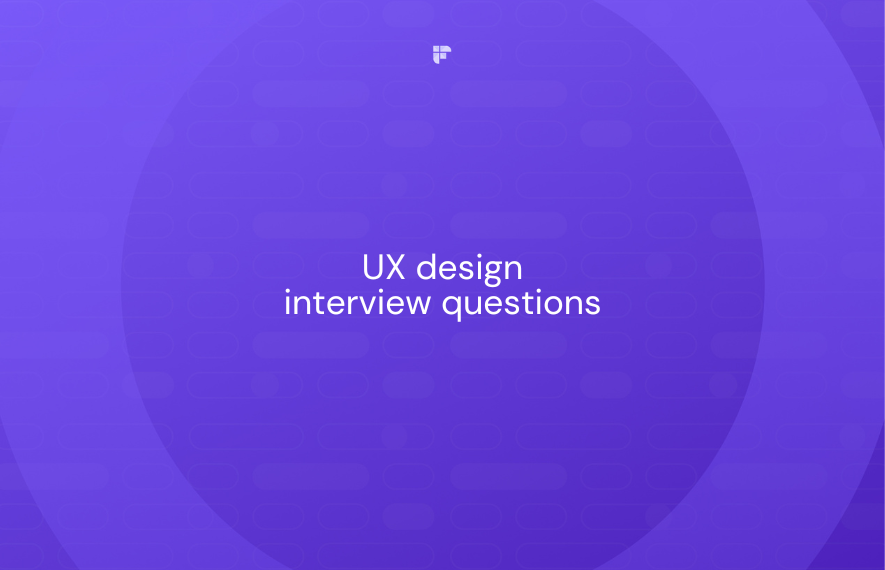
Some useful tips for screening and evaluating candidates effectively

1. Initial email correspondence
Often an overlooked aspect of recruiting, your initial text or email correspondence can be a valuable peek into how the candidates communicate with new people, their writing skills, and their keyboard mannerisms.
According to LinkedIn 2019 Talent Trends, 97% of professionals agree that soft skills are important for the future of recruiting. Hard skills can be taught, but soft skills need to be cultivated over time.
It would be a good way to start accessing their people skills, how quickly they respond, and the general tone of their email. This will come in handy later when dealing with company clients.
2. Language/skill testing: auto-generated online tests
The sequence for when you want to give these can be customized. Some companies prefer skill testing to be part of the screening process, while others take it up in the second step. It depends on what comes first in the order of priority—technical skills or people skills.
Such tools simplify the process and save your company time and money. They are one-time investments that help you determine the skills and potential of applicants through a few exercises.
3. Personality test
One-third of HR professionals use personality tests in their hiring process. Companies conduct behavioral assessments or personality tests to shortlist final candidates.
Work culture is a huge part of any organization. These tests assess whether the candidates' personalities would fit with the rest of the office staff.
The top five personality tests most HR professionals use are:
- The Myers-Briggs indicator.
- The Caliper Profile.
- The Gallup strength test.
- The DISC assessment.
- The 16PF questionnaire.
4. Social media sweep
Going through an applicant's social media can give you insights you might miss on their resumes or even during personal interviews. It is said that people are their unadulterated selves on social media.
Doing a social media sweep can allow you to see a different side of them.
How people present themselves on social media is their business, but you should check for defamatory language or foul comments regarding ex-employers or colleagues.
Bitterness or lack of respect for the former workplace can transcend into a similar situation at the new workplace, too.
5. Check references
About 87% of HR professionals perform mandatory reference checks. However, there are two issues: first, over the years, fewer and fewer companies have provided them.
Second, some HR departments are less serious about checking the provided references. Although it might seem time-consuming, it is an integral part of hiring the right people.
The solution for the first issue is that you can look for informal references. Call a mutual contact and have an off-the-book conversation about the potential employee.
6. Quicker and better hiring
Building a channel that can optimize your hiring process is important for any business. The challenge? Talented candidates often get snapped up quickly.
While it is natural to want to take time and hire the right fit, when the process is stretched for too long, you end up with the shorter end of the stick.
Apart from things that generally take time (reference checks), you must optimize your process to shorten the selection process's duration.
Try to wrap your skill assessment and interviews around in a week and a half and keep the second half for the second week for legalities and background checks.
Keep the candidates informed about their progress so they do not get disheartened midway and lose interest in the company.
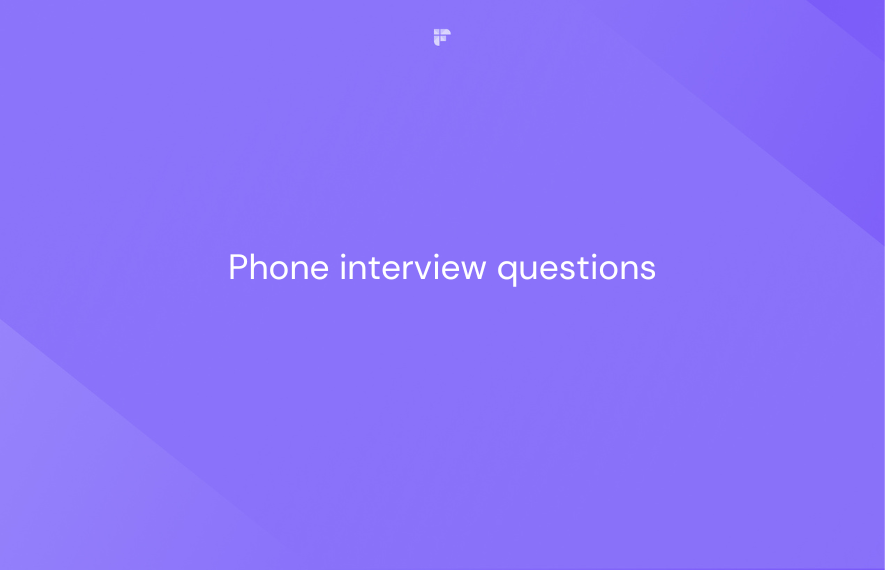
7. Go beyond your first instincts
All of us suffer from unchecked biases; HR professionals are no different. Many of them are unaware that they are being biased towards particular candidates.
The best way to keep your bias in check is to question yourself when you consciously lean toward one candidate. Do you like them more than others because they are the most qualified, or is there another reason?
Another way to diversify your workforce and stay consistent in your decisions is to consider the "culture add" fundamental instead of the culture fit, instead of trying to find candidates who "fit" the company culture, look for ones who bring something different to the table.
Ask yourself: What does this person add to the company culture apart from just fitting in?
8. “Do you’ve any questions for us?”
This question comes at the end of an interview. See what kind of questions the candidates ask you, how many questions they ask, how in-depth they are, and how much they know about the company or the position.
The aim here is simple: to see how interested the candidate is in becoming a part of the company. You want to check their sincerity and seriousness regarding the job.
It shows how dedicated and motivated they are for this job and if they have put in enough thought and research for the interview.
Level up your screening process with Fireflies.ai

Screening interviews are the frontline of your recruitment process. They're your chance to assess a candidate's fit efficiently, but the traditional format can be time-consuming and prone to missed details.
Enter Fireflies AI, a cutting-edge AI tool that helps you streamline and enhance your online interview experience.
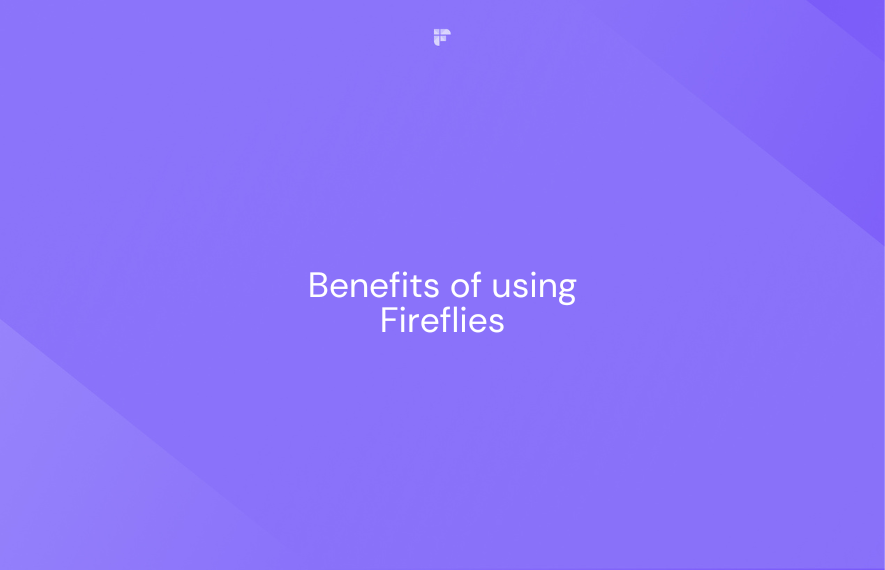
Here's how Fireflies AI empowers hiring managers:
- Effortless Recording and Transcription: Fireflies seamlessly records your online screening interviews, capturing every detail of the conversation. This allows you to revisit specific parts of the interview later for a more thorough evaluation. It offers 95% accurate, real-time meeting transcription in over 100 languages, including, Portuguese, Spanish, French, Arabic, German, Dutch, Hindi, Korean, Russian, Japanese, and Italian.
- Intelligent Summarization: Fireflies automatically generates concise summaries of the interview, highlighting key points and takeaways. This saves you valuable time by allowing you to quickly grasp the essence of each conversation. You can also customize these summaries based on the interview intel you want.
- Smart Search: Easily search through transcribed interviews to find specific information or revisit a candidate's answer to a particular question.
- Topic Trackers: Identify key skills, experience, and cultural fit indicators through topic trackers. Analyze the frequency and context of these topics to gain deeper insights into the candidate's suitability for the role.
- Conversation Intelligence: Analyze the sentiment behind your conversations and understand the flow of the interview. This feature helps you gauge the candidate's communication style, engagement level, and potential red flags.
- Soundbites: Fireflies allows you to clip and share snippets of the interview as short, shareable soundbites. Highlight impressive answers, specific skills mentioned, or key points you want to revisit with colleagues involved in the hiring process for a smoother hand-off.
- AskFred: AskFred can answer questions about past interviews using natural conversation. Need a quick recap of a candidate's specific skills? AskFred has it. Want insights on a particular topic discussed? AskFred delivers. This frees you from digging through transcripts and empowers data-driven decision-making.
- Notebook Channels: Organize meeting information and discussions with dedicated channels. Share notes, recordings, and summaries with specific teams or individuals, fostering collaboration and knowledge sharing across your organization.
💡 Make Every Interview Count with Fireflies.ai
Fireflies transcribes your meetings effortlessly, allowing you to focus on fully engaging with the candidate instead of frantically taking notes.
FAQs
1. How do I prepare for an HR screen?
Preparation is key for a successful HR screening interview. Here are some steps you can take:
- Research the company: Learn about their mission, values, and what kind of employee they're looking for. This will help you tailor your responses to their needs.
- Review the job description: Understand the key skills and experience they require.
- Practice common interview questions: Prepare answers to questions about your background, skills, and experiences relevant to the role.
- Prepare your own questions: Show your interest in the company and the role by having questions ready for the HR representative.
- Gather your resume and references: Have your resume readily available and a list of references prepared in case they ask.
- Dress professionally: Though it might be a video call, project a professional image.
2. How long are HR screening interviews?
HR screening interviews are typically short, ranging from 15 to 30 minutes. This allows HR to gather essential information and assess many candidates efficiently.
What happens after HR screening?
There are two main possibilities after your HR screening interview:
- You move on to the next stage: If the HR representative feels you're a good fit, they'll contact you to schedule a follow-up interview with the hiring manager or another team member.
- You don't move forward: If the screening interview doesn't go as well as hoped, you might receive a polite email thanking you for your time and letting you know they're not moving forward with your candidacy.
Remember: Even if you don't hear back immediately after the screening, sending a thank-you email to the HR representative who interviewed you is always a good practice.
Conclusion
Screening interviews are a crucial step in identifying top talent. By following the strategies outlined above and incorporating Fireflies AI into your process, you can streamline your recruitment efforts and make informed decisions that strengthen your team.









